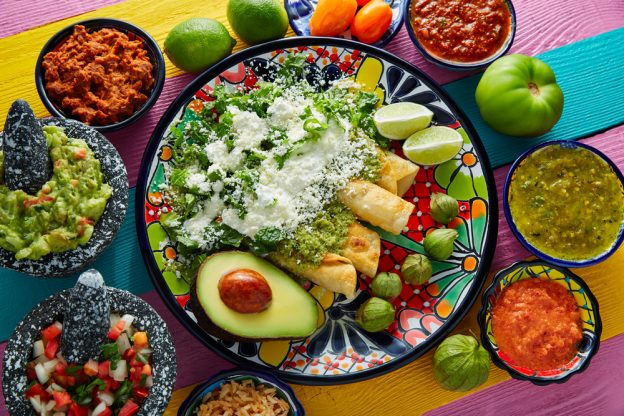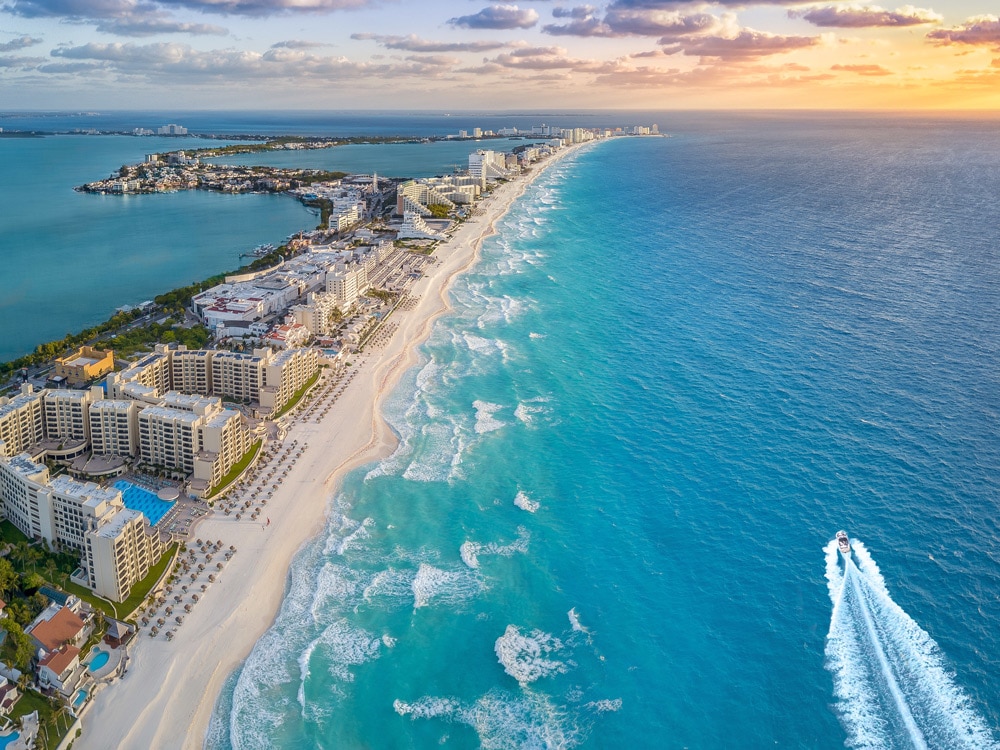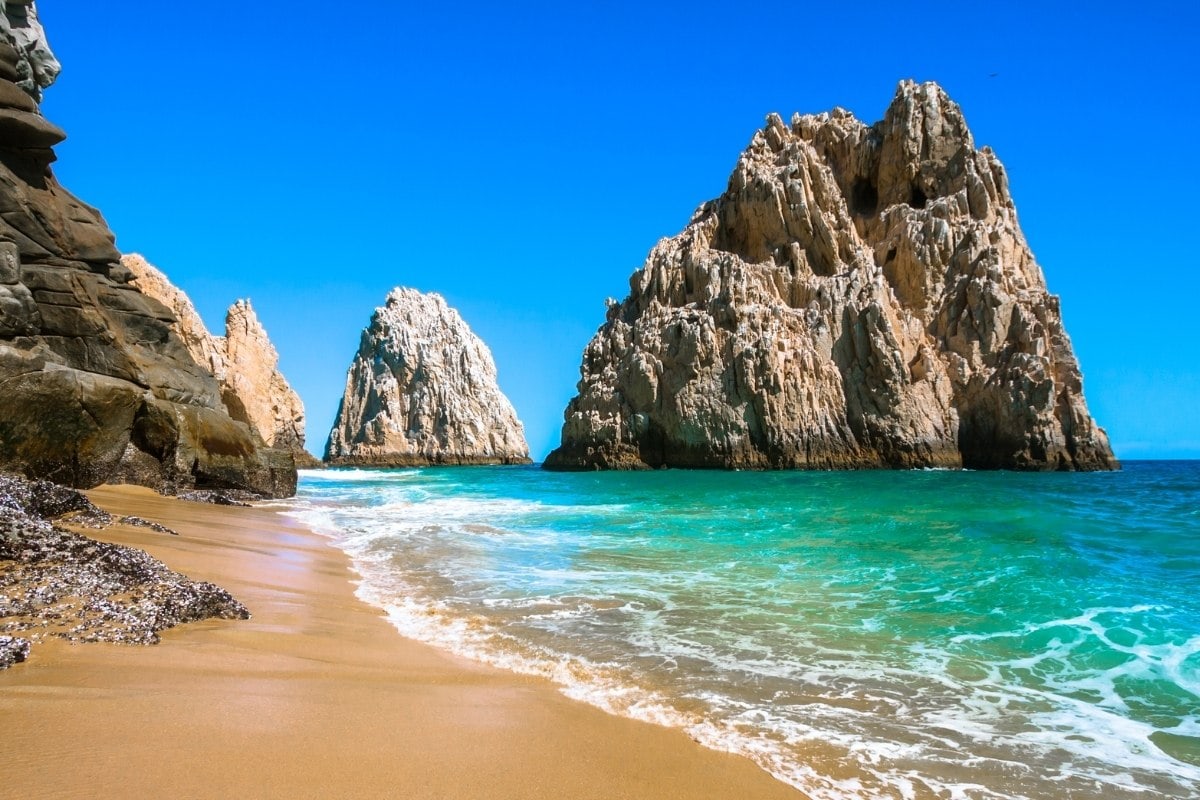Mexico: Complete Guide to Culture, History, and Tourism in 2025
Mexico: Complete Guide to Culture, History, and Tourism in 2025
Quick Navigation:
Mexico, officially known as the United Mexican States, stands as one of North America's most culturally rich and economically significant nations. With over 131 million inhabitants, Mexico ranks as the world's 10th most populous country and home to the largest Spanish-speaking population globally. This vibrant nation seamlessly blends ancient indigenous civilizations with colonial Spanish heritage, creating a unique cultural tapestry that attracts millions of visitors annually.

Geography and Strategic Location
Mexico occupies a strategic position in southern North America, covering 1,972,550 square kilometers (761,610 square miles), making it the world's 13th-largest country by land area. The nation borders the United States to the north, Guatemala and Belize to the southeast, while being surrounded by the Pacific Ocean to the west, the Gulf of Mexico to the east, and the Caribbean Sea to the southeast.
Diverse Physical Landscape
Mexico's geography is remarkably diverse, featuring nine major physiographic regions. The country sits within the dynamic "Ring of Fire," resulting in numerous volcanoes and frequent seismic activity. Notable peaks include Citlaltépetl (Pico de Orizaba) at 18,406 feet, Mexico's highest point, and the active Popocatépetl volcano near Mexico City.
The Mexican Plateau dominates the interior, flanked by the Sierra Madre Occidental and Sierra Madre Oriental mountain ranges. Coastal plains extend along both the Pacific and Gulf coasts, while the Yucatán Peninsula features unique limestone karst terrain with cenotes (natural sinkholes).

Rich Historical Heritage
Pre-Columbian Civilizations
Mexico's history spans thousands of years, beginning with human presence dating back to 8,000 BC. The region, known as Mesoamerica, became one of the world's six cradles of civilization. Advanced societies including the Olmecs, Maya, Zapotecs, and Aztecs developed sophisticated cultures, architectural marvels, and complex political systems.
The Aztec Empire, centered in Tenochtitlan (modern Mexico City), dominated central Mexico until Spanish conquest in 1521. These civilizations left behind impressive archaeological sites like Teotihuacán, Chichen Itzá, and Monte Albán, which continue to fascinate visitors and researchers worldwide.
Colonial Period and Independence
Spanish colonization began in 1519 with Hernán Cortés, establishing the Viceroyalty of New Spain. The colonial period lasted 300 years, creating a unique blend of European and indigenous cultures. Mexico gained independence in 1821 after the Mexican War of Independence, though territorial conflicts with the United States resulted in significant land losses in 1848.
The Mexican Revolution (1910-1920) shaped modern Mexico, leading to the 1917 Constitution that remains in effect today. This period established Mexico's commitment to social justice, land reform, and national sovereignty.
Culture and Traditions
Mexican culture represents a fascinating fusion of indigenous traditions and Spanish colonial influences. This cultural synthesis is evident in art, architecture, cuisine, music, and religious practices throughout the country.

Cuisine and Gastronomy
Mexican cuisine, recognized by UNESCO as an Intangible Cultural Heritage, combines pre-Hispanic ingredients like corn, beans, and chili peppers with Spanish-introduced elements. Regional specialties include mole from Oaxaca, cochinita pibil from Yucatán, and pozole from central Mexico. Traditional cooking methods and ingredients continue to influence contemporary Mexican gastronomy.
Arts and Traditions
Mexico's artistic heritage encompasses everything from ancient murals to modern masterpieces by Diego Rivera, Frida Kahlo, and José Clemente Orozco. Traditional crafts including pottery, textiles, and metalwork remain vital cultural expressions. Celebrations like Día de los Muertos (Day of the Dead) and numerous religious festivals showcase Mexico's vibrant cultural calendar.
Economy and Government Structure
Mexico operates as a federal presidential republic with 31 states and one federal district. The current president, Claudia Sheinbaum, leads the executive branch, while the bicameral Congress of the Union handles legislative functions.
Economic Profile
As a newly industrialized nation, Mexico boasts the world's 15th-largest economy by nominal GDP and 13th-largest by purchasing power parity. Key economic sectors include manufacturing, agriculture, mining, and services. The country is rich in natural resources, including oil, silver, copper, and zinc deposits.
Mexico's strategic location and NAFTA membership (now USMCA) have strengthened trade relationships with the United States and Canada. The nation serves as a major manufacturing hub, particularly in automotive, electronics, and aerospace industries.

Tourism and Major Attractions
Mexico ranks as the world's 6th most-visited country, welcoming over 42 million international tourists annually. The nation offers diverse attractions from pristine beaches to ancient ruins, colonial cities to modern metropolises.
Popular Destinations
Beach Destinations: Cancún, Puerto Vallarta, Acapulco, and the Riviera Maya offer world-class beaches, luxury resorts, and water activities. The Caribbean coast features crystal-clear waters and coral reefs, while the Pacific coast provides excellent surfing and sport fishing opportunities.
Cultural Sites: Mexico City combines historic colonial architecture with modern attractions. UNESCO World Heritage Sites like Chichen Itzá, Teotihuacán, and the historic centers of Mexico City, Puebla, and Guanajuato showcase the country's rich cultural heritage.
Natural Wonders: From the Copper Canyon in Chihuahua to the cenotes of Yucatán, Mexico's natural beauty encompasses deserts, tropical forests, mountains, and coastlines across multiple climate zones.

Frequently Asked Questions
What is the best time to visit Mexico?
The best time to visit Mexico depends on your destination and activities. Generally, October through April offers pleasant weather with less rainfall. Beach destinations are enjoyable year-round, while interior regions may be cooler during winter months.
Is Mexico safe for tourists?
Most tourist areas in Mexico are safe when visitors exercise normal precautions. Popular destinations like Cancún, Puerto Vallarta, and the Riviera Maya maintain strong security presence. Research current conditions and follow local guidelines for specific regions.
What currency is used in Mexico?
The Mexican peso (MXN) is the official currency. US dollars are widely accepted in tourist areas, but using pesos typically provides better exchange rates. ATMs are readily available in cities and tourist destinations.
Do I need a visa to visit Mexico?
US citizens need a valid passport for air travel to Mexico. Tourist visits up to 180 days don't require a visa, but you'll receive a tourist card (FMM) upon arrival. Check current requirements as they may vary by nationality.
Mexico continues to evolve as a major economic and cultural force in Latin America while preserving its rich heritage and natural beauty. Whether seeking historical exploration, cultural immersion, or beach relaxation, Mexico offers experiences that cater to every traveler's interests, making it one of the world's most compelling destinations.